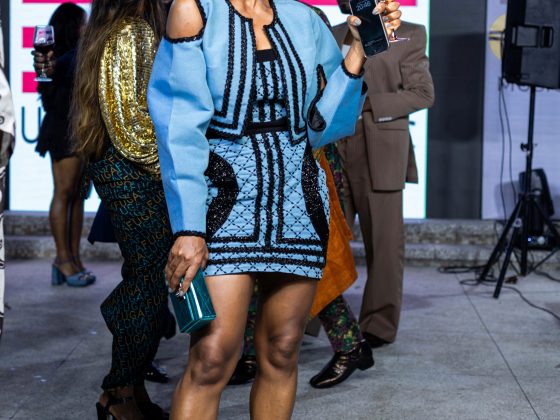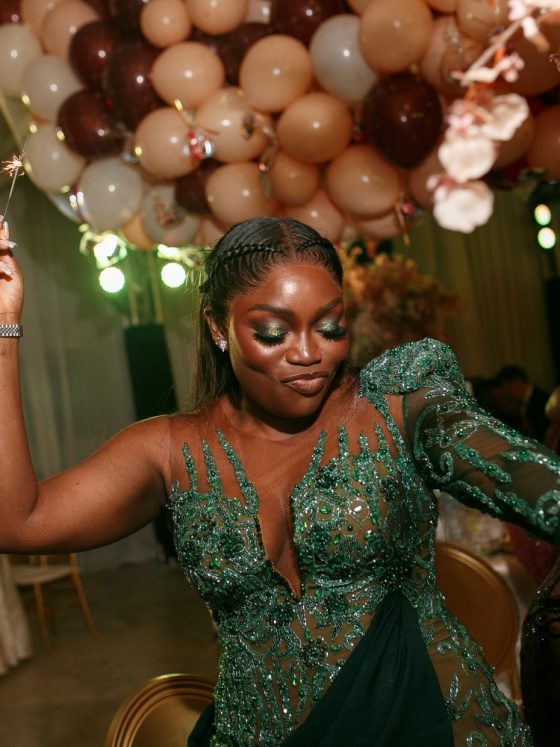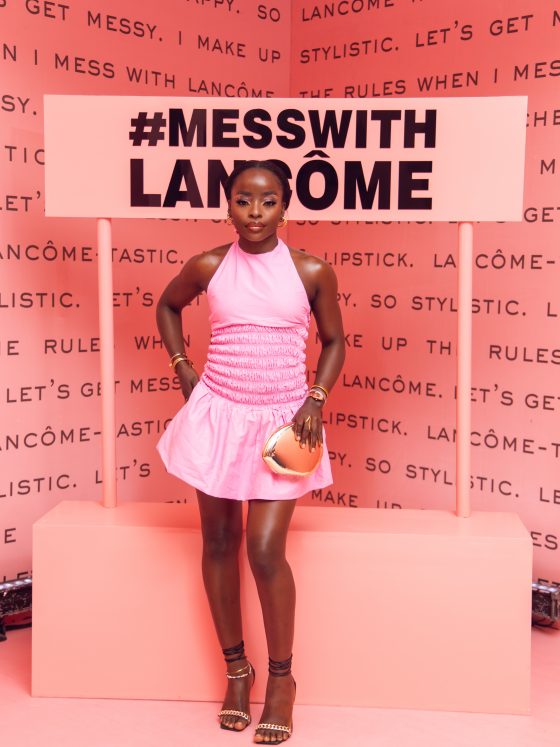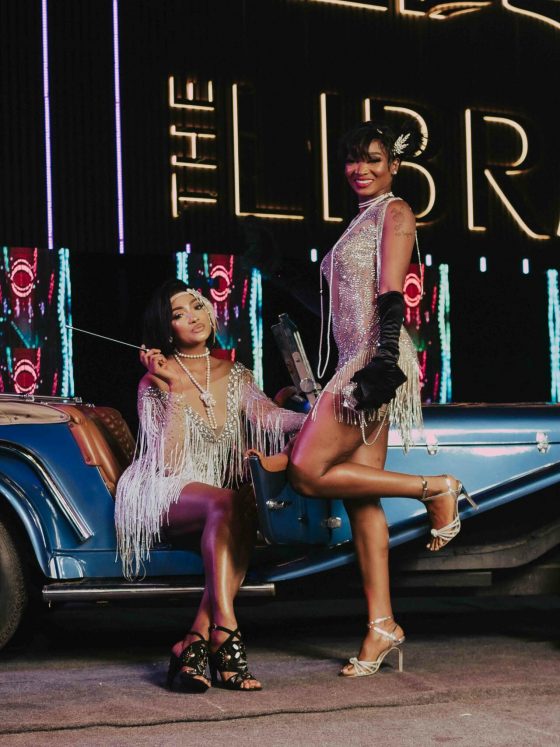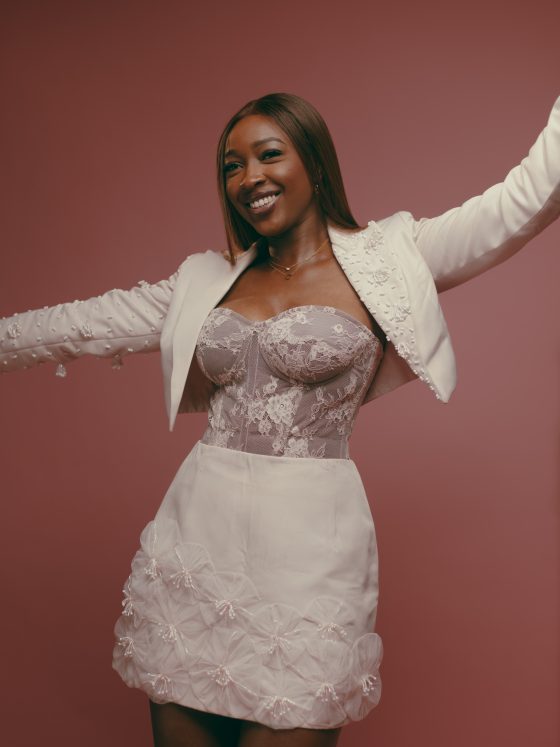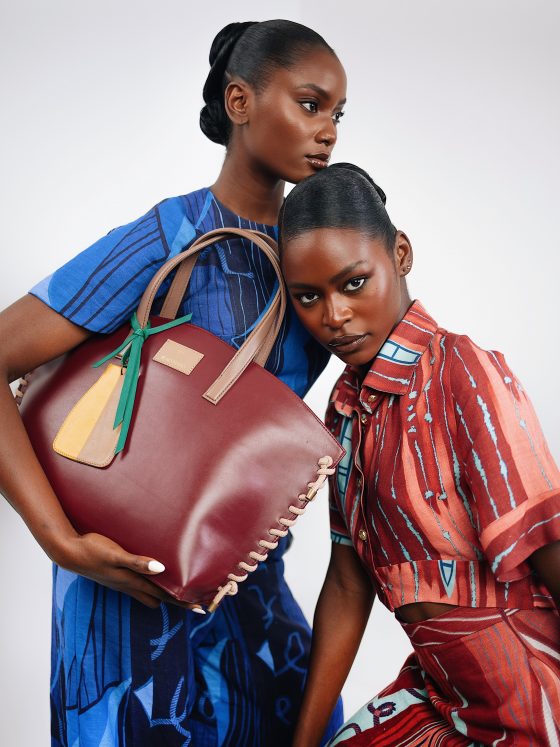Fashion is often regarded as an art form, a personal expression of creativity and individuality. But when this creativity meets commerce, questions about ownership, intellectual property, and exclusivity can arise—especially in the world of haute couture. This tension came to a head recently when fashion influencer Hafsah Mohammed took to social media to express her displeasure over a custom wedding dress she had commissioned from renowned Nigerian designer Deola Sagoe, only to see what she claims is an identical version of it worn by another bride.
In a now-viral tweet, Hafsah stated, “What is the point of making a custom dress for your wedding and paying for it to be made custom when the same designer will make the same exact dress for somebody else?” She went on to express her frustration with the lack of exclusivity she had assumed would come with a high price tag: “This whole thing has taught me that it is very important to make clarification and documentation with some Nigerian designers on what you will be getting and if you will be getting exclusivity. If I had known that I wasn’t getting exclusivity, I wouldn’t have paid over $5000 in 2022 for an outfit that would be remade over and over again.”
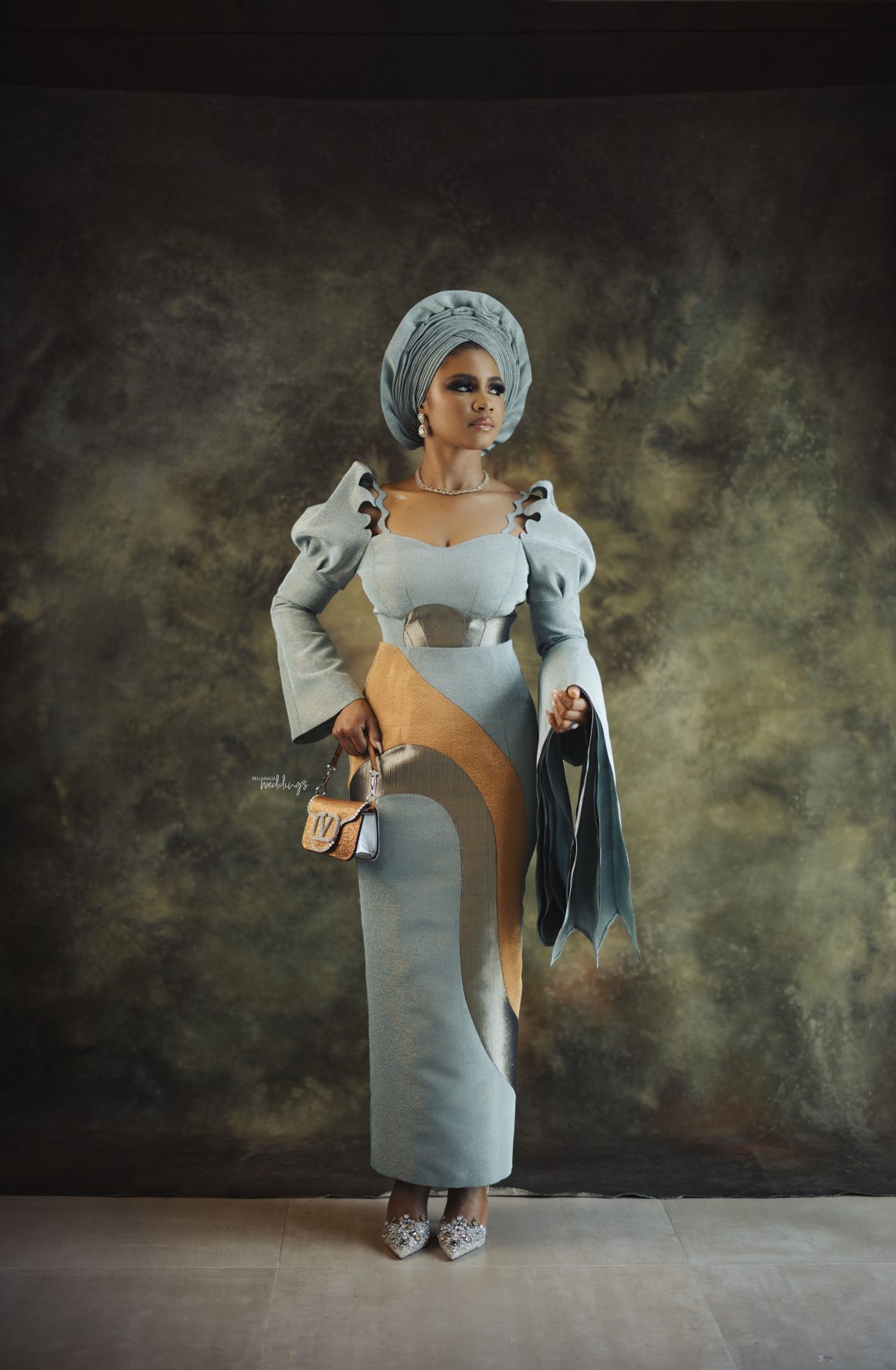
Hafsah’s comments have sparked a larger conversation about the nature of customised fashion and the rights both clients and designers have when it comes to bespoke designs. At the heart of this issue lies a fundamental question: Can a designer recreate a client’s customised piece for another client, and should they?
The Designer’s Perspective
In response to Hafsah’s public claims, The House of DEOLA, one of Nigeria’s leading fashion brands with over 35 years of experience in the industry, issued an official statement. The prestigious fashion house clarified its stance on custom designs and the concept of intellectual property in fashion, stating, “Deola Sagoe Limited does not offer a Custom Design service where Intellectual Property is capable of being passed on to the client, neither is there a possibility of the existence of such an agreement in the present and more distant future.”
In other words, the fashion house clarified that when clients commission a ‘custom’ dress, they are not purchasing the exclusive intellectual property rights to that design. Instead, the custom offerings involve what they call ‘modified designs,’ where existing designs are altered or customised in terms of colour, fit, or certain features to reflect the client’s preferences. This statement illuminates an important distinction in the world of bespoke fashion—namely, that a customised garment does not necessarily mean an exclusive, one-of-a-kind piece.
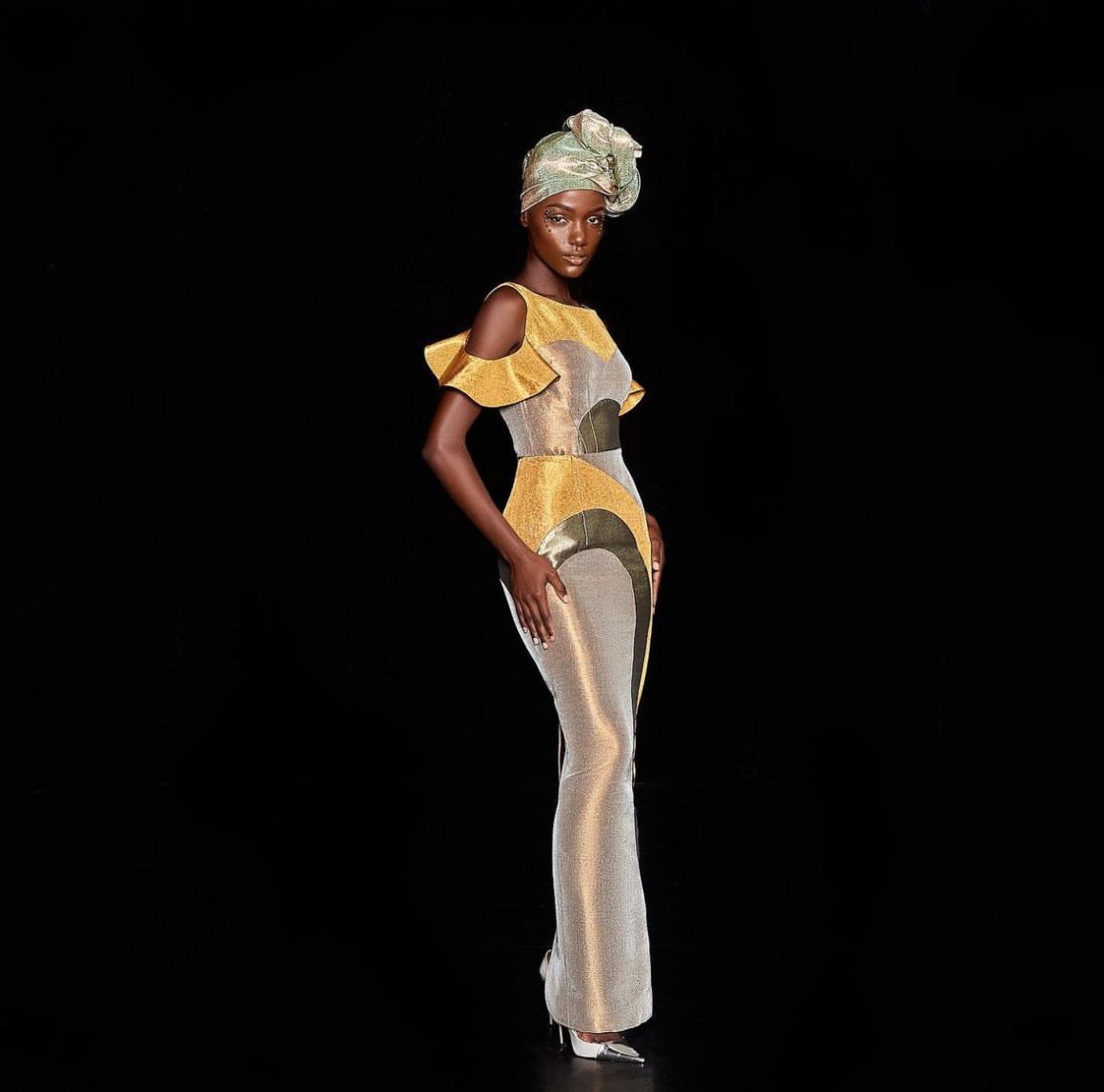
At this point it is necessary to point out that the terms “custom” and “exclusive” are often used interchangeably, but they do not always mean the same thing in the fashion world. Customisation can involve creating a piece tailored to a client’s measurements and preferences, but exclusivity implies that the design will not be replicated for anyone else. Without explicitly stating this in a contract, a client could be left disappointed,
A Client’s Expectations
From Hafsah Mohammed’s point of view, the situation is more than just a misunderstanding—it’s a breach of trust between a high-profile designer and her clientele. The idea of exclusivity, especially in a wedding dress, carries significant emotional and financial weight. A wedding dress is often seen as a unique representation of the bride, her style, and the special day she envisions. When clients invest thousands of dollars, they expect their dress to remain one-of-a-kind, at least in the way it is presented to the world.

Hafsah’s tweet highlights an expectation that many clients may have: that commissioning a “custom” piece from a designer automatically confers exclusive rights to the design. However, as the fashion industry operates on complex legal and creative frameworks, this isn’t always the case. While exclusivity may be implied in conversations, it is not guaranteed unless explicitly stated in writing.
Intellectual Property Rights in Fashion
This incident also raises broader questions about intellectual property (IP) rights within the fashion industry, particularly in a landscape where design replication is common. Unlike fields such as music or literature, where copyrights protect original works, the fashion industry has historically been more lenient when it comes to design ownership. As a result, designers often struggle to protect their creations from being replicated without their consent.
In this context, House of DEOLA’s statement underscores an important point about how intellectual property works in fashion. When a client commissions a custom piece, they may have creative input on the design, but they do not automatically acquire the right to dictate who else can wear a similar version of that dress in the future. As Sagoe’s brand asserts, the original design concept remains the intellectual property of the fashion house, which retains the right to reuse or modify that design for future clients.
However, in a social media-driven world where influencers like Hafsah can amplify their grievances to a global audience, the concept of IP in fashion is being scrutinised more than ever before. Clients expect more transparency and exclusivity, particularly when they are spending large sums on custom pieces, especially for such a once-in-a-lifetime event as a wedding. Designers, on the other hand, must navigate the delicate balance between the desire for innovation and creativity and the commercial realities of producing garments for multiple clients.

Striking a Balance
At the heart of this debate lies the question of balance: How can designers like Deola Sagoe continue to produce unique, personalised garments for individual clients without compromising their intellectual property? On the flip side, how can clients feel assured that their investment in a custom piece will remain special, particularly for milestone events like weddings?
One solution may lie in clearer communication and documentation, as Hafsah herself suggested. Designers should be transparent about their policies on custom designs and exclusivity, particularly when working with high-profile clients. In return, clients should actively seek clarification before committing to significant purchases, ensuring they understand what they are paying for—whether it be exclusivity or simply a personal take on a designer’s existing work.
The key takeaway is that in an era when influencers and public figures can significantly shape public perception, designers must navigate expectations with extra caution. Clients should trust that their custom pieces are treated with the utmost care, while designers must safeguard their creative integrity without distancing themselves from their clientele.



